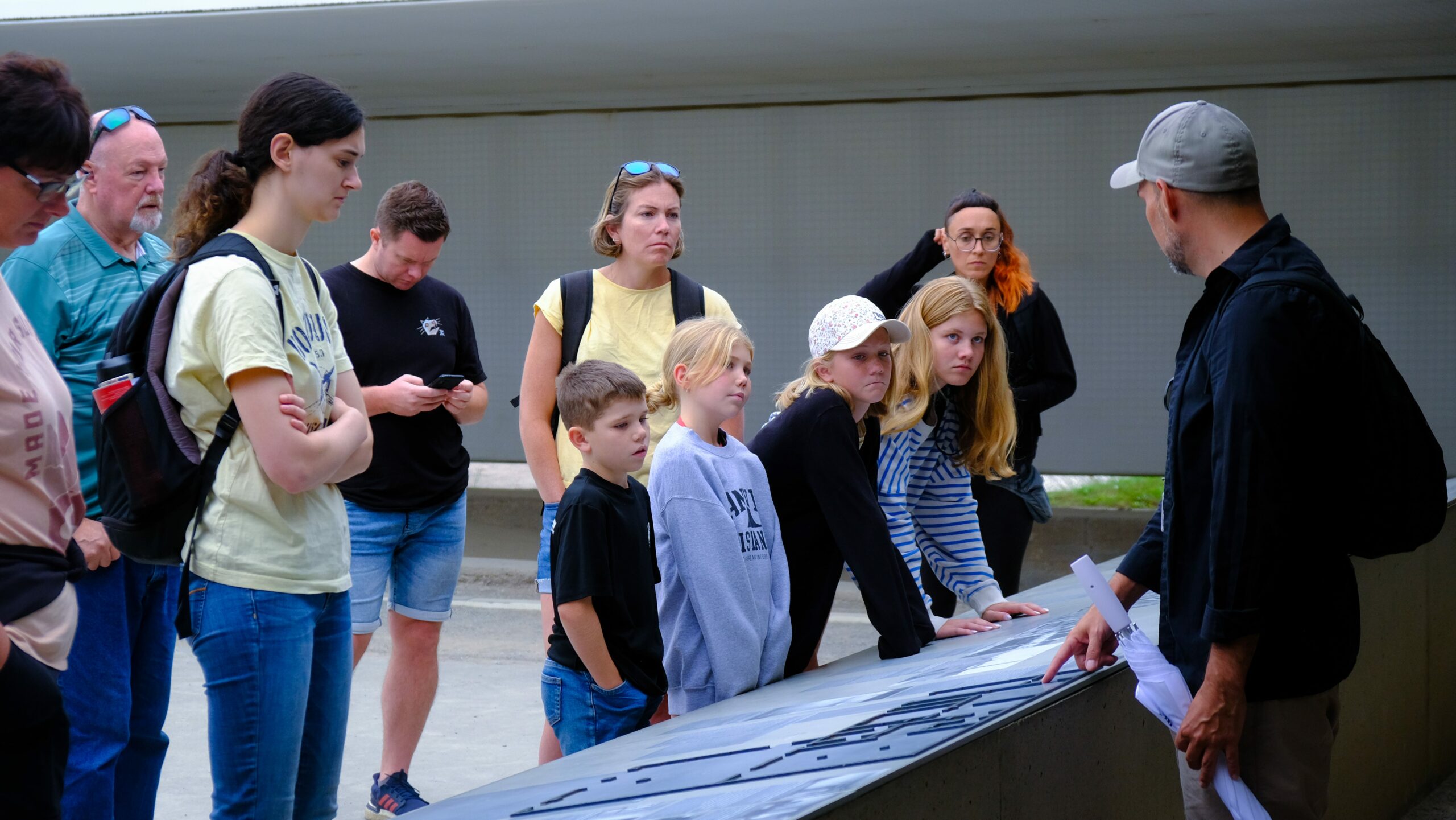The How and When of Budapest’s Thermal Baths
People in Budapest have long appreciated the ability of their springs to heal and have used them accordingly. People in the city have enjoyed the many hot springs since the Romans introduced the first public bathhouses here. At that time, people used early baths each day for cleaning, interacting with others and treating various health issues. Many of today’s famous baths in Istanbul were built in the 16th and 17th centuries when the Ottomans occupied the city, using Turkish architectural style and mixing it with local elements. Afterwards, bathing traditions have broadened and lots of new baths have appeared across the city, giving Budapest the nickname “City of Spas.” Thermal baths are still an important part of the various cultural and social activities in the city.
Good Reasons to Use Thermal Baths
Many people praise thermal baths for the many health reasons they provide. It is believed that the minerals in these waters give them several therapeutic benefits.
Helping to reduce pain caused by muscles and joints
Lowering the amount of stress and anxiety
Helping the blood flow through your body
Removing the toxic substances from the body
Boosting the well-being of your skin
A combination of warmth, the gas given off by minerals and water density create conditions that are healthy for your body and mind. If you want to soothe a certain ailment or just want to relax, Budapest’s thermal baths have something for every visitor. Regular use of these baths is often connected to better sleep quality and a decrease in inflammation by many, so they are a true wellness spot.
The Best Thermal Baths in Budapest
You will find many wonderful thermal baths in Budapest, each one special with its own character and design. These are some of the top topics that people love:
Szechenyi Spa and Swimming Center
Szechenyi Thermal Bath is among the biggest and most famous baths found in Budapest. Indoor and outdoor pools, thermal saunas, massages and mud treatments are some of the spa’s facilities. Neo-Baroque architecture, along with its place in City Park, makes the theater famous with both locals and tourists. It’s especially enjoyable in winter to swim in hot water, notice the snow and breathe the cold outside air. Every week the bath is the scene of evening swims and matches of water polo.
Gellert Thermal Bath
Art Nouveau is one of the main reasons Gellert Thermal Bath is famous. Among the pools, saunas and steam rooms are extra services such as spa treatments and massages. The graceful indoor pool with elaborately designed mosaic walls and colorful windows makes the bath stand out. Outdoor pools in Gellert overlook the beautiful hills outside the city. Visitors looking for something luxurious choose the bath for its blend of history and modern service.
Rudas Thermal Bath is known throughout Hungary.
The current Rudas Thermal Bath has a history that begins in the 16th century when the Ottomans built it. It gained its reputation for the distinctive Turkish architecture inside and the famous octagonal pool. The house still has many of its first features, for example, the same traditional Turkish ceiling and carved columns. The rooftop hot tubs at Rudas let you relax and take in beautiful sights of Budapest after you’ve explored the city. Weekends at this bathhouse include the chance to bathe and relax under the stars.
There are many more thermal baths in Budapest than the ones described here. The differences between every bathtub and the setting they are in give travelers many appealing choices to pick from. If you like old-fashioned, contemporary or inventive designs, many of Budapest’s baths are designed for you.
What You Can Find at the Thermal Baths
Start by reading these points, as they will help you plan for your visit to the thermal baths:
You can bring your own towel or rent a towel at the bath. You should bring towels with you as they’re not always included in the price of entrance.
If needed by the guidelines of the pool, use a swim cap. Because some baths want everyone to be clean, ask beforehand
Always read the guidelines for swimwear since some baths separate men and women or need you to wear swimming trunks instead of shorts.
Make sure to drink lots of water and rest during the time you spend in the saunas and pools. With the heat being so strong, you’ll need to drink water and watch your body’s needs.
Be sure to follow the usual bath rules such as taking a shower before getting in the pools. By cleaning, I am showing respect for everyone who comes after me.
Observing these helpful tips ensures you enjoy a wonderful stay at the thermal baths and have a relaxing cultural experience.
Are Thermal Baths a Good Value?
If your goal is to find something relaxing and different, holidays to Budapest should include time at the thermal baths. You can use them to relax and enjoy the atmosphere and they let you discover Hungarian traditions too. For many centuries, people have come to the baths to rest, socialize and participate in group wellness activities.
Attending the thermal baths connects you with the city’s background, helps you with healing hot water therapy and showcases beautiful city bathhouses. The baths can be used by individuals, couples or families, with activities to fit all. Because the place is so refreshing, many guests visit several times during their holidays.
You can usually find that the entrance tickets for Budapest’s thermal baths are less expensive than those at similar leisure centers elsewhere. A number of baths even have special prices for students, seniors and groups, so many guests can enjoy them.
Conclusion
The thermal baths in Budapest are a true gem and an experience not to be missed. With their rich history, health benefits, and unique atmosphere, they offer a perfect blend of relaxation, culture, and rejuvenation. Whether you are seeking therapeutic benefits or simply want to unwind in a magnificent setting, make sure to include a visit to these remarkable thermal baths on your Budapest itinerary. Your time spent soaking in these historic waters will leave you refreshed, inspired, and deeply connected to one of Europe’s most enchanting cities.
Table of Contents




